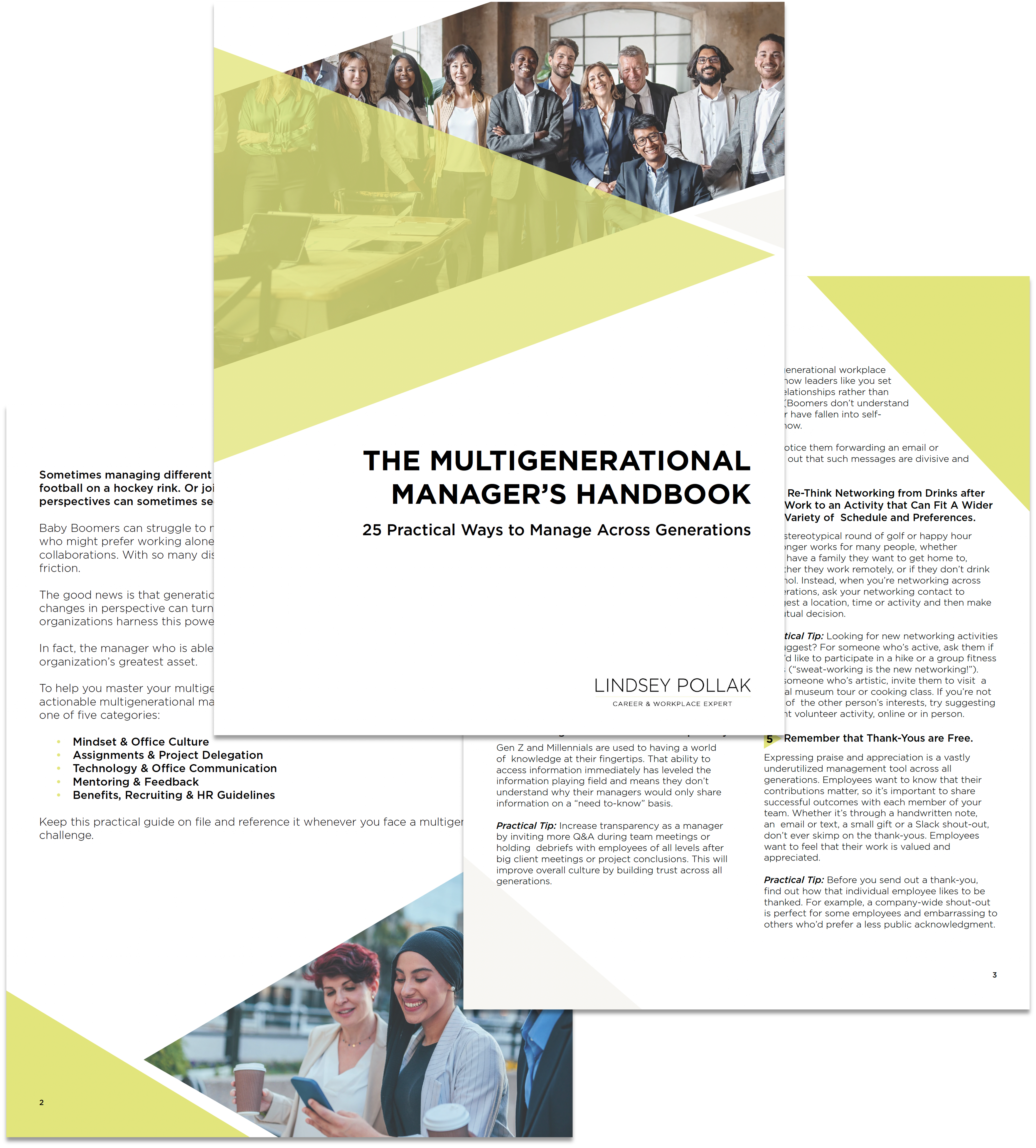When we talk about generational differences, it’s easy to fall into overly generalized stereotypes:
Baby Boomers are responsible. (Funny, they used to be called the “Me Generation.”)
Millennials are slackers. (Wait, wasn’t that Gen X?)
Gen Xers are neglected middle children. (Paging Jan Brady.)
Gen Zs march to their own drum. (Like…every generation before them?)
Stereotypes are silly for lots of reasons, the key one being how quickly they can change given history and context. Years ago it was those hippie baby boomers stirring up trouble, and now it’s the “entitled” millennials overtaking the workplace.
Of course, no generation is one monolithic group of people who all behave exactly the same way. So why are we so hung up on generations in the first place? It’s actually important to consider what makes them tick because this is the first time in history that five distinct generations are in the workplace simultaneously. In my opinion, learning about people’s different potential identity markers can be a helpful way to better interact with each other.
And members of each generation do have traits that differentiate them — a combination of characteristics largely based on the circumstances in which each cohort came of age. Pew Research Center has produced a fascinating interactive graphic comparing the activities and experiences of each generation when they were ages 18 to 33.
Wondering what drives each generation with whom you interact? Here are some key characteristics of each group and how these might influence their work style. Of course every person is a unique individual, but these generational signifiers may offer some clues into the behavior of people born in different eras. (Note also that these descriptors apply primarily to people raised in the United States. Here is a helpful article on global generational differences.)


